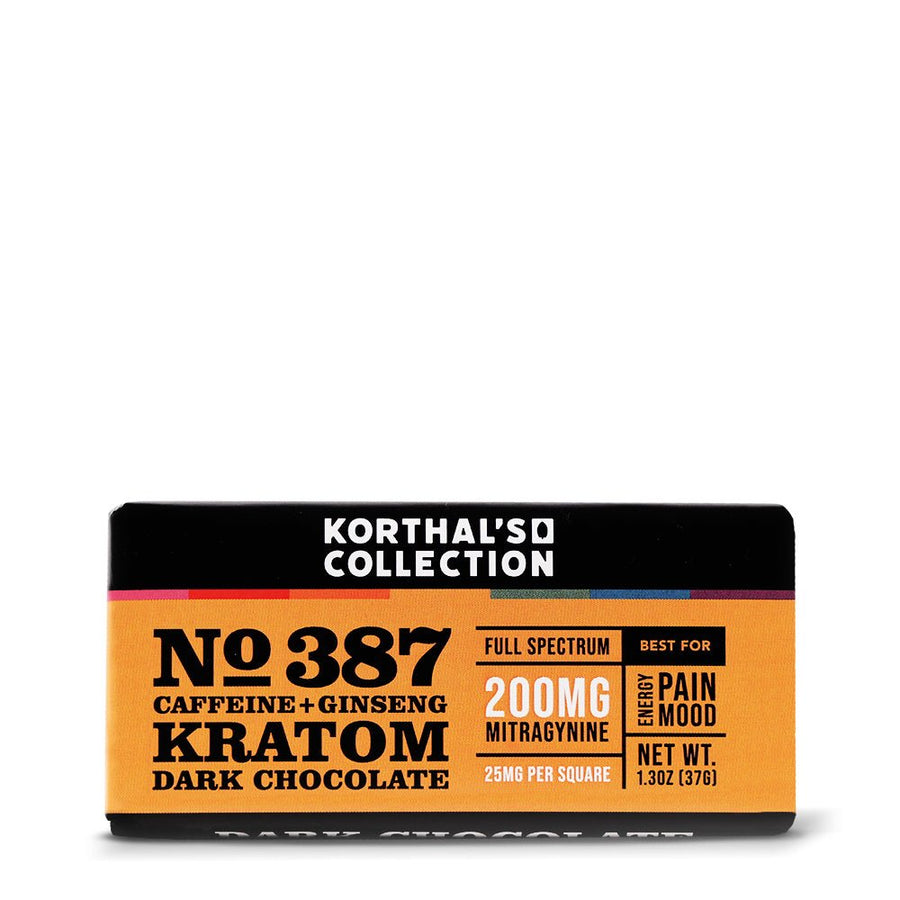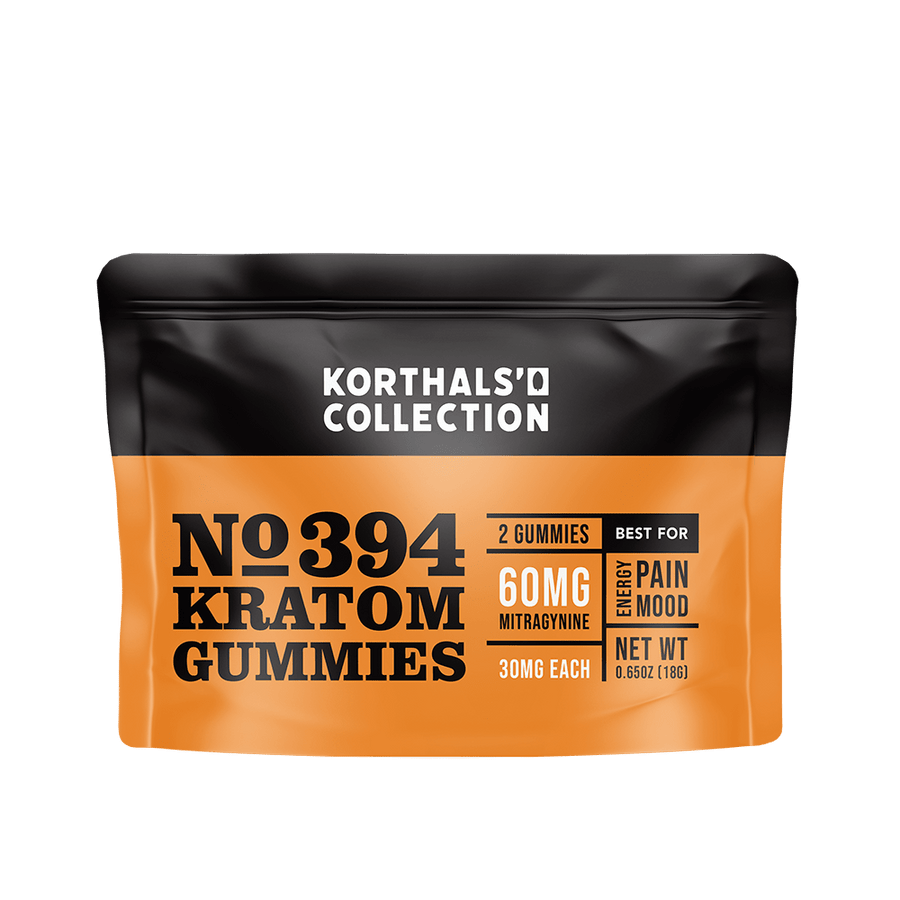The holidays are a trip. Literally.
Think about it. So many strange, yet beloved traditions, folklore, iconic symbols, stories, and customs swirl around this festive season, giving it character and warmth. But where did these traditions come from?
So many questions.
Why did these become ingrained into nearly every nook and corner of the season, and more to wit, what are their origins? We already know where many yuletide traditions were born. Things like kissing under the mistletoe, caroling, wreaths, decorating trees, and feasting with loved ones all have roots in pagan history and sacred holidays like Winter Solstice.
But what about some of the most enduring images, stories and songs of the season? What about Santa and his reindeer? Why do they fly? What’s the deal with the jolly big guy’s red suit? It’s a bold fashion choice to say the very least. And why use the chimney, when most houses have perfectly good doors and windows?
What if I told you the answer to all these questions is psychotropic mushrooms?
That’s right, many believe that before commercialism co-opted this legendary figure for various ad campaigns, or a writer waxed poetic about the night before…even before the 4th century bishop, Saint Nicholas jumped onto the scene, Santa’s origins can be traced back hundreds upon hundreds of years to the indigenous people of the North Pole. Enthnomycologist Robert Gordon Wasson, and anthropologist John A. Rush discovered in their research that the winter solstice ceremony of the Koryaks and Kamchadals of Siberia had similar traditions to those of our modern Christmas Eve, all based around Amanita muscaria.
What is Amanita?
Amanita is a genus of fungus that refers to several hundred species of agarics that can be found across the globe. Agarics are a type of fungus, or mushroom, that have rounded caps at the top of each stalk. Also known as "fly agaric," amanita mushrooms boast a unique cap and stem structure. They have rounded caps at the top of each stalk and gills or pores beneath the cap, which produce spores. They are known for their iconic red coloring with white spots. Consuming Amanita muscaria can produce psychoactive effects, and may result in a range of effects, including changes in perception, and potential feelings of euphoria.
Santa Shaman
Hundreds of years ago during the Winter Solstice, which occurs on December 21st, rituals were guided by shamans dressed in red and white colors to match the Amanita mushroom’s iconic look. They would collect the magic mushrooms, which grow under pine trees, and travel through heavy snowfall via large reindeer to distribute them to the villagers.
Fly high, Rudolph
Before the shaman would visit the village, they would ingest the mushrooms as part of a spiritual journey. It’s been theorized that the Amanita produced feelings of joy, the desire to sing, and an incredible lightness within the shamans. It’s believed that during their Amanita trips, the shamans could turn into animals, like the reindeer they used to pull their sled, and fly towards the North Star in search of knowledge to share with the rest of their people. Shaman were also known to feed Amanita to their reindeer before embarking on their journey.
Trimming the tree and hanging the stockings
To prepare the Amanita, the shaman would dehydrate them on the branches of the pines not unlike the modern tradition of hanging ornaments on a Xmas tree. The shaman would also put them in socks and spread them over the fire, an image that closely resembles the Christmas tradition of hanging Christmas stockings over fireplaces.
Up on the roof top
When the shamans would visit the villagers to share the Amanita, their homes, or yurts, were covered by heavy snowfall, and only accessible through the roof. The shaman would then climb to the roof and enter through the opening, much like the modern day Santa enters homes through chimneys. Often during these visits, the villagers would leave food out for the shaman, which may have lead to cookies and milk being left out on Xmas eve.
Celebrate the holidays like a Santa Shaman
While times have changed and traditions have evolved, you can still enjoy some of the most old fashioned holiday traditions. CBD Kratom has a great selection of Amanita products to help you celebrate the season like a Santa Shaman, though you’ll have to find your own reindeer. Stop by one of our 60+ locations throughout Chicago, Dallas, Houston, New York City, Philadelphia, and St. Louis, and let our Doyens help you explore your Amanita options. You can also shop online and schedule some one-on-one time with one of our experts from the comfort of your home.
From CBD Kratom to you, we wish you a happy holiday season, and prosperous new year. May it be filled with happiness, love and wellness.






















































